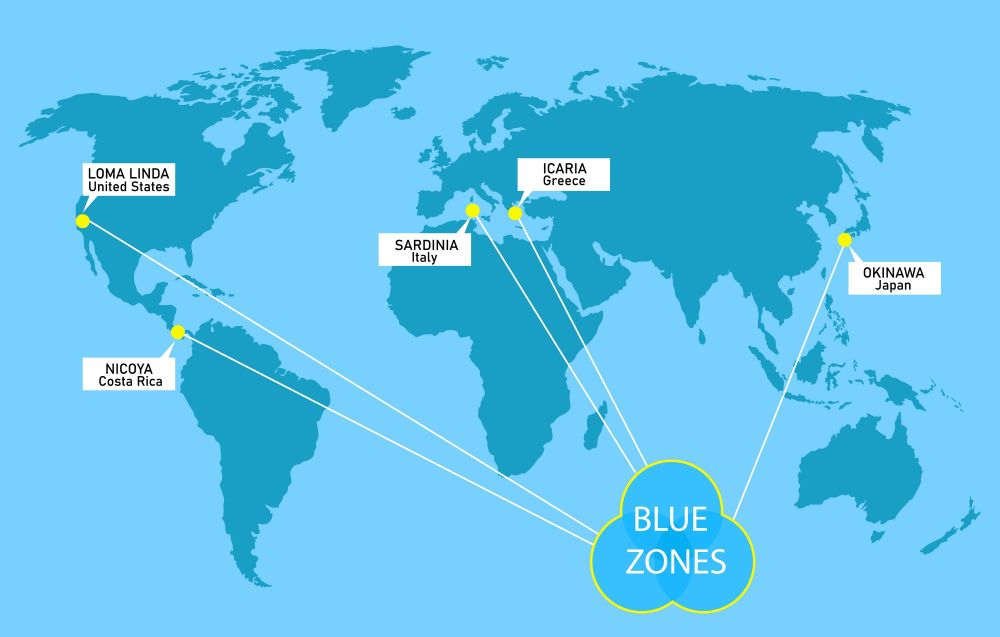How to Compare Individual Protection Plans Across Countries
Comparing individual protection plans across countries requires clarity on what each policy actually covers and how local regulations affect eligibility, premiums, and claims. This article outlines practical steps to evaluate life, health, disability, and retirement-related protection, and explains common differences in underwriting, renewals, beneficiaries, and compliance across jurisdictions.

Comparing individual protection plans across countries begins with defining what you and your family need from coverage: income replacement for disability, life insurance to secure beneficiaries, comprehensive health benefits, or retirement-linked protection. Differences in underwriting, eligibility, and local compliance rules can significantly change policy terms. When reviewing policies across borders, focus on contract language, restrictions on pre-existing conditions, portability, and how claims are processed to understand the real protection a plan offers.
What coverage varies by country?
Coverage scopes differ widely: some national-regulated plans emphasize basic health and retirement protection, while private international policies can extend to evacuation, repatriation, and broader provider networks. Look for explicit inclusions and exclusions in policy wordings and review benefit limits, co-pay structures, and waiting periods. Coverage can also change with residency status; a policy that fully covers expatriates in one country may limit services or deny coverage in another, affecting everyday access to care and financial protection.
How to assess life and health protection?
When comparing life and health protections, evaluate benefit amounts, term lengths, and whether policies include wellness or preventative services. For life policies consider how beneficiaries are defined and whether payout conditions cover terminal illness as well as death. For health, examine provider networks, inpatient and outpatient benefits, and mental health coverage. This article is for informational purposes only and should not be considered medical advice. Please consult a qualified healthcare professional for personalized guidance and treatment.
Understanding premiums and underwriting
Premiums reflect underwriting results, age, health status, occupation, and regional cost levels. Underwriting criteria vary: some insurers use simplified or guaranteed issue policies with limited underwriting, while others require detailed medical exams and history. Compare how each insurer treats pre-existing conditions, tobacco use, and high-risk occupations. Also compare premium adjustment mechanisms, whether premiums are guaranteed for the term or subject to review at renewal, and if currency fluctuations can affect premium amounts for expatriates.
How claims, beneficiaries, and renewals work
Claims processes differ by provider and country: some insurers offer digital claims with international payment options, while others require local documentation and longer processing times. Verify claimant eligibility rules and required proof for life or disability claims. Check how beneficiaries are designated and any local tax implications on payouts. For renewals, understand if coverage is renewable irrespective of health changes or if insurers reserve the right to adjust terms, decline renewal, or impose new exclusions.
Pricing comparisons and provider examples
Costs vary substantially by product scope, applicant profile, and region. Below are representative international products and providers with general cost estimations to illustrate differences. Use these examples only as a starting point and obtain quotes tailored to personal circumstances.
| Product/Service | Provider | Cost Estimation |
|---|---|---|
| Global Health Insurance (international medical) | Cigna Global | $2,000–$10,000 per year (varies by age and coverage) |
| International Private Medical Insurance | Allianz Care | $2,500–$12,000 per year (varies by region and benefits) |
| International Health Insurance | Bupa Global | $3,000–$15,000 per year (higher-end plans for full global cover) |
| Global Medical Insurance | AXA Global Healthcare | $2,000–$10,000 per year (ranges by plan level and location) |
Prices, rates, or cost estimates mentioned in this article are based on the latest available information but may change over time. Independent research is advised before making financial decisions.
When interpreting these ranges, note common pricing drivers: applicant age, deductible levels, inpatient limits, outpatient coverage, and optional add-ons like maternity or dental. Currency and tax rules, regional provider costs, and local mandatory benefits can also change out-of-pocket expectations. If concrete provider quotes are required for decision-making, request personalized estimates from each insurer and confirm underwriting criteria and renewal guarantees.
Assessing income, disability, retirement, and risk
Policies intended to replace income after disability or to supplement retirement must be assessed against realistic income needs and inflation. Disability definitions vary: some policies pay for inability to perform one’s own occupation, while others use broader or narrower functional definitions. For retirement-linked protection, check portability if you move countries and how products integrate with local pension systems. Assess overall household risk by considering family dependents, existing public coverage, and long-term care needs.
Compliance, eligibility, and wellness considerations
Compliance and eligibility differ by residency and local law; some countries restrict private policy benefits or require participation in national schemes. Verify documentation requirements, waiting periods, and whether a policy remains valid after changing residence. Wellness and preventative coverage can influence long-term risk and premiums—programs that support chronic disease management or preventive care may reduce future claims and support sustained protection for families.
Balancing coverage, cost, and regulatory constraints is the key when comparing individual protection plans across countries. A careful review of policy documents, explicit cost comparisons, and direct questions to providers about underwriting and claim procedures reveal practical differences that raw benefit tables can miss. Maintain copies of contracts, confirm renewal terms, and seek professional advice when complex cross-border issues like taxation or pension coordination are involved.





